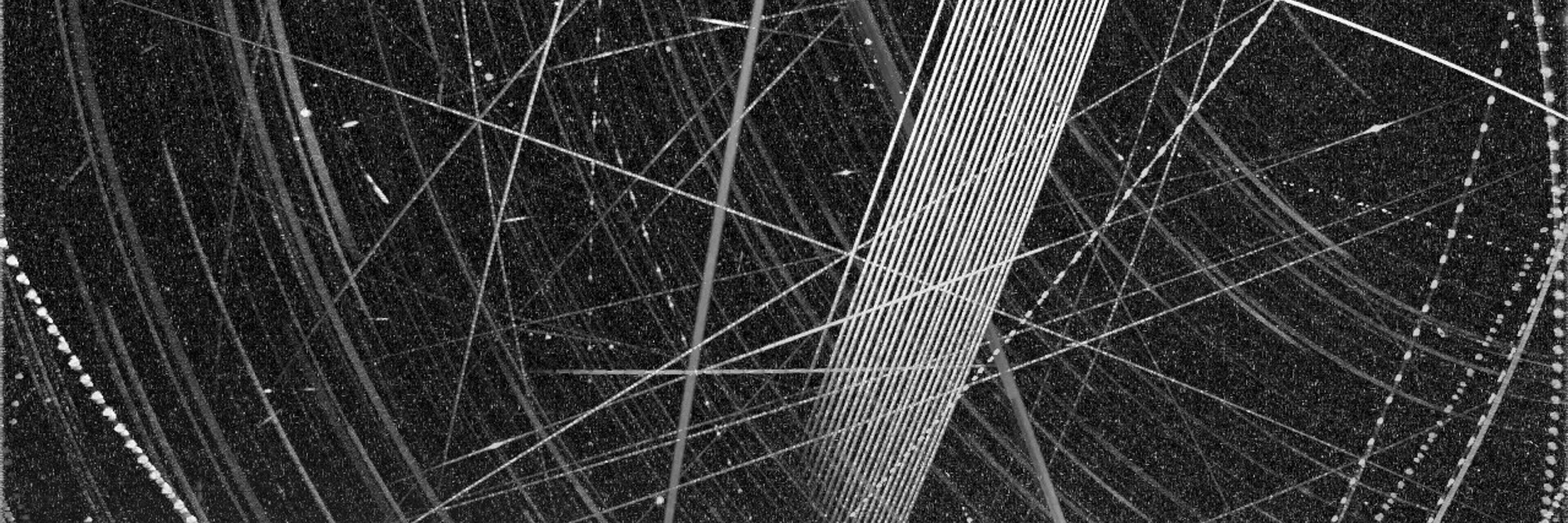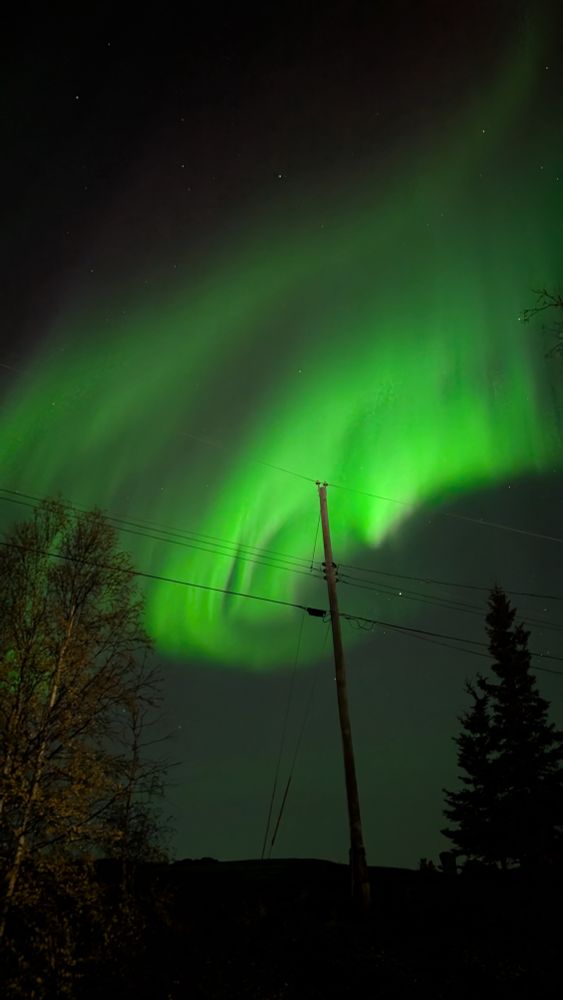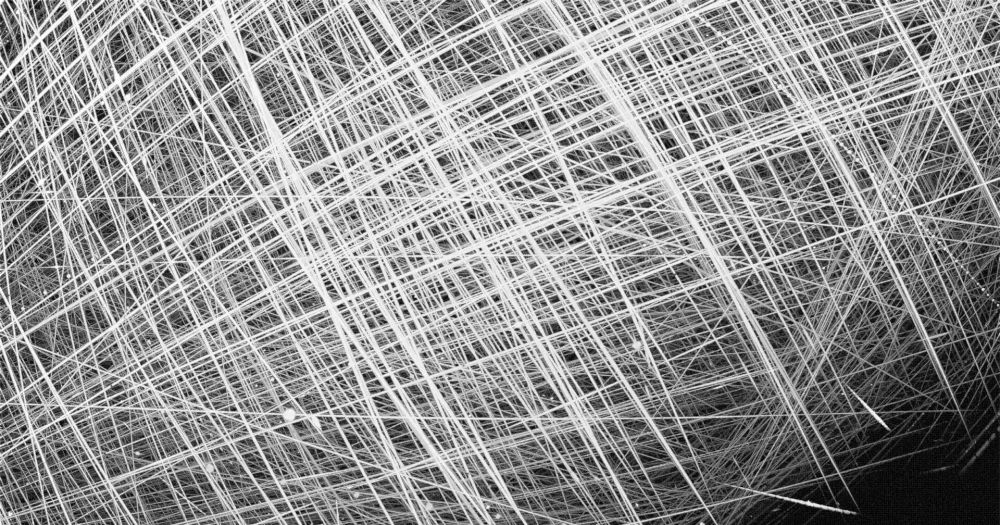
Mike Mazur
@mikemazur.bsky.social
23 followers
30 following
10 posts
Meteors, satellites, and other fun stuff :-)
Posts
Media
Videos
Starter Packs
Mike Mazur
@mikemazur.bsky.social
· Jun 3
Mike Mazur
@mikemazur.bsky.social
· Jun 3
Mike Mazur
@mikemazur.bsky.social
· Jun 3
Reposted by Mike Mazur














